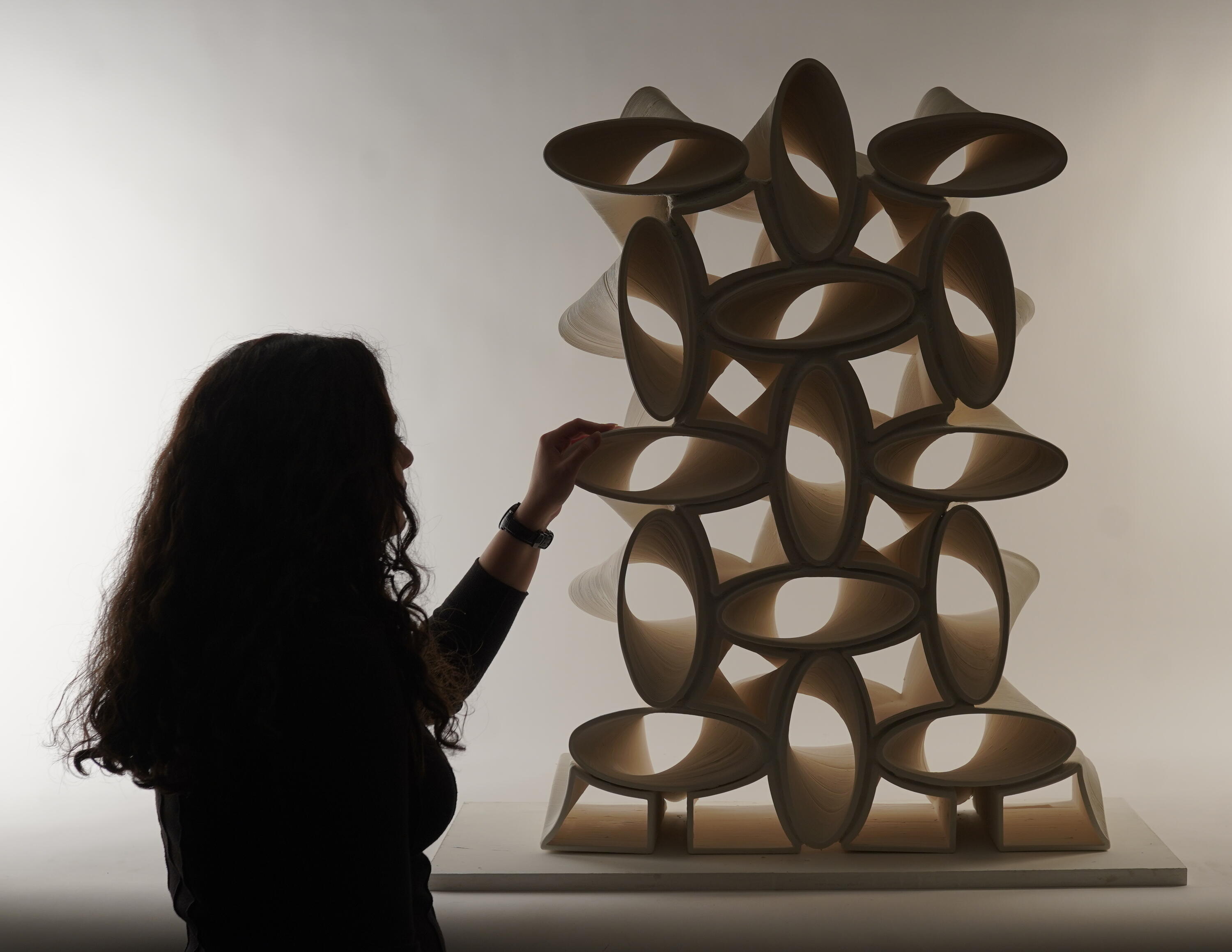Regulating Visual Connectivity and Light Modulation Through 3D-Printed Light Screens

Abstract:
This thesis investigates an iterative modeling and fabrication process for customizable building components through the design of a high-performance light screen. Light screens, mostly implemented as physical boundaries for modulating light and providing visual accessibility between the exterior and interior spaces, are considered as highly ornamental elements in the building. One of the most common methods for constructing these screens is casting which provides a high level of flexibility for making pieces with complex geometries. However, casting technique requires making a new mold for every different piece. As a result, designers’ capability to experiment with more complex designs through these trade-off techniques has been limited by the amount of time and cost required to go beyond one-off prototypes. To avoid making new molds, this research uses clay 3D printing as it creates a direct link between the material and the digital model and results in making the pieces without needing a mediator element. Having the opportunity to apply real-time changes to the design parameters, this study evaluates the performance qualities of the screen by regulating the major influential parameters on its functionality: Form, material, light penetration, and position of the viewer. The 3D-printed components are tested with iterative physical prototyping, computational modeling, and digital simulation to demonstrate the created visual and light qualities in different applications. This framework can significantly change the process of design and fabrication of functional building components towards a more affordable and customizable approach.
The examining committee is as follows:
Supervisor:
David
Correa
Committee
member:
Maya
Przybylski
Internal-external
reader:
Linda
Zhang
External:
Nicholas
Hoban
The
defence
examination
will
take
place:
Friday,
January
27,
2022,
10:00
a.m.
This
defence will
be
taking
place
fully
in
person
in
the
Riverside
Gallery.
The
committee
has
been
approved
as
authorized
by
the
Graduate
Studies
Committee.
A
copy
of
the
thesis
is
available
for
perusal
in
ARC
2106A.